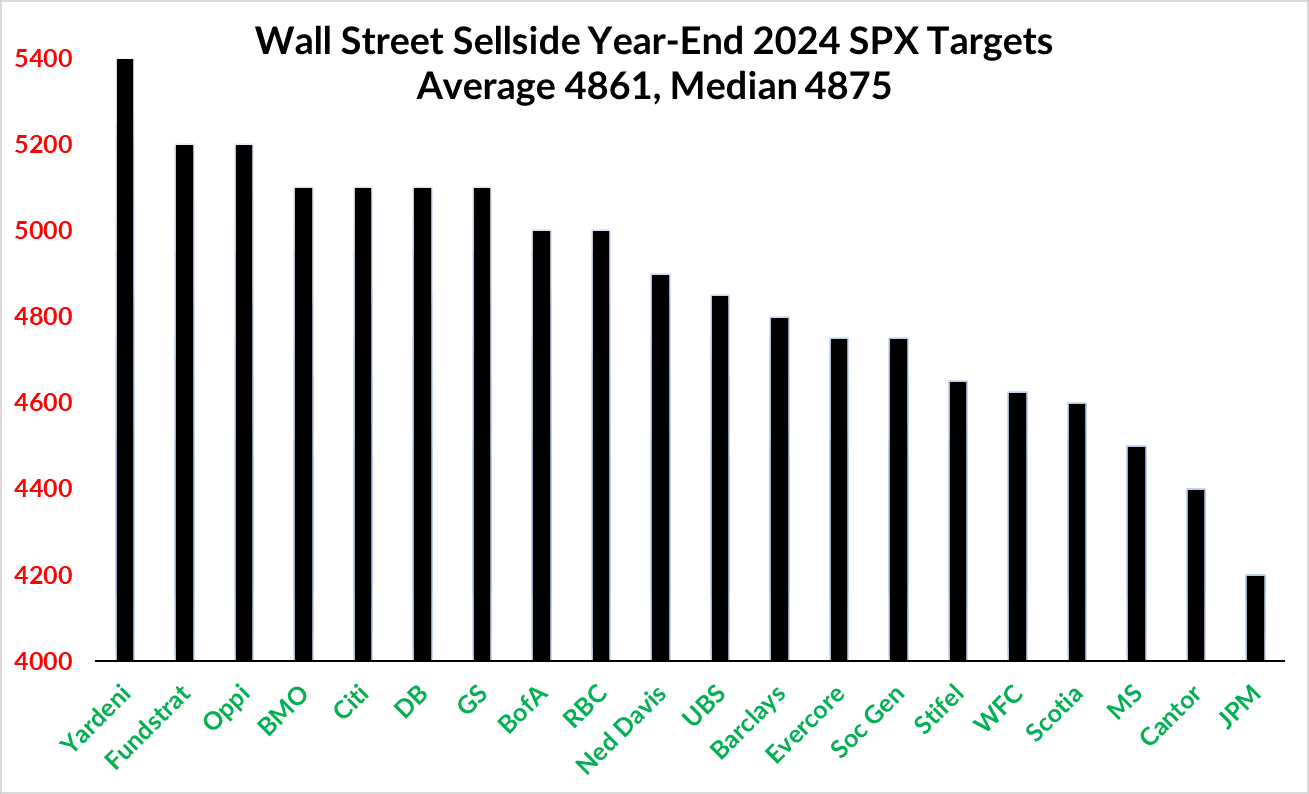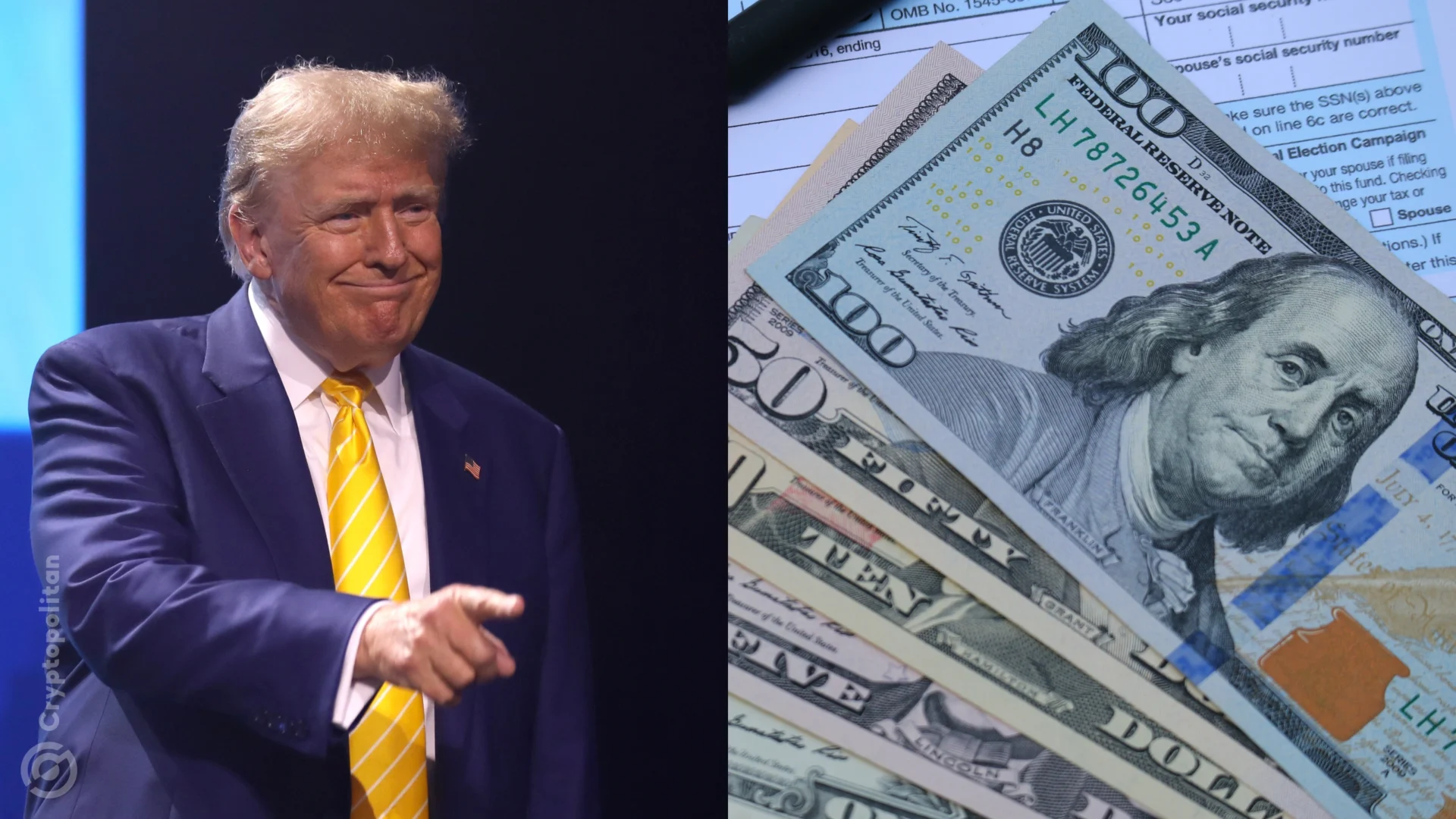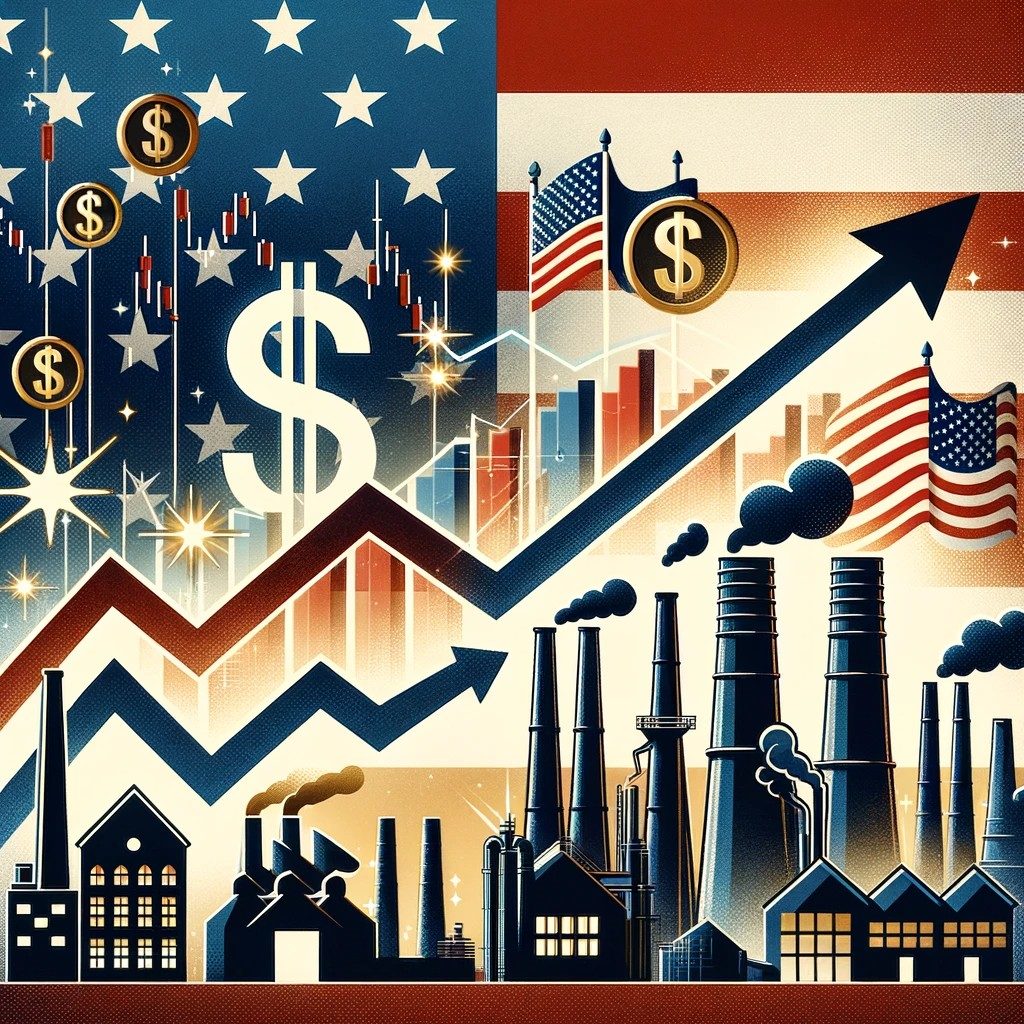Wall Street got a slap in the face this year. The S&P 500, the most-watched index, skyrocketed to a 23% gain, crushing expectations.
Even the most aggressive bulls were caught off guard. Sell-side analysts have been scrambling, revising their targets over and over as the index pushed past every limit.
Back in January, they expected the index to flatline. By October, that number had shot through the roof. The S&P 500 was not supposed to fly this high. But here we are.
Bulls caught off guard
The year began with analysts setting modest targets for year-end, expecting the S&P 500 to be around 4,000. By April, they bumped it to 4,500, then to 5,000 by July, and by October, the target crossed 5,500.
Yet, none of these numbers held. Now, some analysts like Goldman Sachs’ David Kostin have gone as far as predicting a 6,000 mark for the year-end. Wall Street couldn’t keep up.
There’s no denying the economic factors at play. The job market has shown resilience, bouncing back harder than expected. Inflation, the nagging thorn in everyone’s side, looks to be beaten.
Interest rates, which had stayed high, have started to dip. The AI boom, which no one seemed to fully price in back in January, is now front and center.
All of these factors pushed the S&P 500 higher than any forecast could grasp. However, those same analysts are also warning about the long term.
Kostin, in the same breath that he raised his year-end target to 6,000, predicted that the index would crawl at an annual rate of just 3% over the next decade. In real terms, that’s barely 1%.
It might sound like a contradiction, but it makes sense. A hot market can’t stay hot forever. For now, investors are enjoying the ride, but a storm might be brewing ahead.
As Kostin said, the market is set to gain a massive 10% in the next 12 months, but the long-term outlook? Not so rosy.
Sentiment driving short-term gains
Short-term, the market is riding on what economists call “animal spirits.” People are excited. Investors are buying in.
According to a survey from Bank of America, global money managers slashed their bond holdings to levels not seen in 23 years.
Stocks are the favorite right now, and it’s not hard to see why. Equities have seen the largest bump in allocations since the post-pandemic rally in 2020. And since Bitcoin insists on remaining correlated to them, it’s currently seeing a massive surge too.
One big reason for the optimism is political. Many investors are betting on Donald Trump regaining the White House, a situation they believe will be good for stocks and crypto, but bad for bonds.
The American Association of Individual Investors also reported a bullish sentiment among retail investors. Their regular surveys show more people are optimistic about the market than pessimistic, the opposite of 2009 when sentiment hit rock bottom after the financial crisis.
Another short-term boost is earnings season. Analysts like Kostin predict company profits will keep growing.
Goldman Sachs expects profit margins to expand, and they also believe the economy is in better shape than consensus forecasts, another signal for strength in the stock market over the next year.
Valuation warnings and long-term trouble
While the short-term picture looks strong, valuation is where things get messy. High stock prices today mean lower returns tomorrow. That’s the rule.
The more expensive a stock, the worse it performs over a decade. Sure in the short term, it can keep climbing, but over ten years, valuations bite. Right now, the S&P 500 is looking seriously overvalued.
The most famous measure of long-term value is the CAPE ratio, short for Cyclically Adjusted Price/Earnings multiple.
This ratio adjusts stock prices for inflation and smooths out the economic cycle by comparing them to average earnings over the past ten years.
Historically, when the CAPE ratio peaks like this, the market tends to fall hard. But this time around, that hasn’t happened. After peaking in 2021, the CAPE ratio dipped briefly and bounced back again in late 2022.
Conveniently, that’s when AI tools like ChatGPT hit the market, fueling a new wave of optimism. AI has kept the market afloat, and some are wondering how long that will last.
Bonds vs. stocks: A troubling comparison
The excess CAPE yield, which measures the difference between the yield on the S&P 500 and the 10-year Treasury yield, is downright troubling.
The two times in history when the yield went negative (meaning stocks were more expensive than bonds) were just before the Great Depression and the dot-com bubble burst.
Both times were excellent moments to sell stocks. We’re seeing something eerily similar right now. The pandemic-era stimulus checks and unprecedented monetary policy likely distorted forecasts.
No one saw this level of liquidity flooding the markets. But the metrics don’t lie. Long-term, stocks won’t beat bonds.
AI and the post-pandemic market recovery have done the heavy lifting, but their effects are fading. As the world gets back to normal, the market might be running out of steam.
Another one of the biggest issues in today’s market is concentration. A small group of stocks is driving the bulk of the gains.
The top 10 stocks in the S&P 500 now make up a massive chunk of the index, and Goldman Sachs’ data shows we’re in the 99th percentile of historical concentration.
In other words, we’re in uncharted territory. When a few stocks control the market, it becomes less diversified and more volatile, which of course, would be bad news for crypto.





